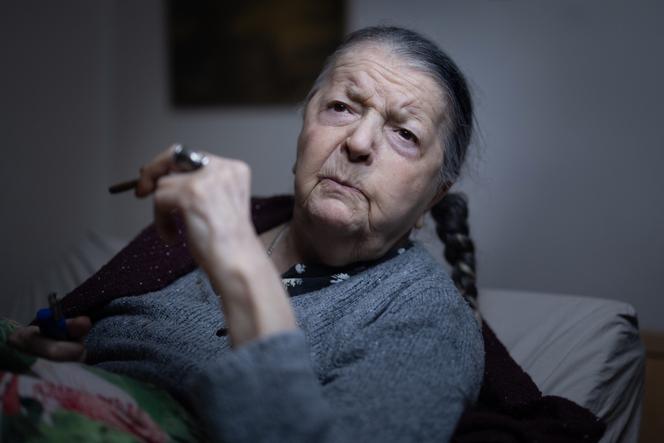


Madeleine Riffaud was 18 in 1942. Involved in the Resistance as part of a Francs-Tireurs et Partisans (FTP) group founded by communists, her alias was Rainer. Riffaud died on the morning of Wednesday, November 6, in her Paris apartment, aged 100, Le Monde learned from her entourage, confirming a report in L'Humanité. Before becoming a journalist, a war correspondent in Vietnam and Algeria and a renowned poet, she was an emblematic figure of the resistance to the Nazi occupiers.
Madeleine Riffaud was born on August 23, 1924, in Arvillers, northern France. The daughter of teachers, she grew up in the Picardy region that was still scarred by the horrors of the First World War. "A veritable graveyard," she used to say. A student in Paris after the debacle of 1940, she wrote poetry and joined the Resistance. A member of the faculty combat group, liaison officer Rainer – a name she chose in reference to the German poet Rainer Maria Rilke – became involved in armed combat in 1943. Honored by Charles de Gaulle and awarded the Croix de Guerre with distinction after the Liberation, Riffaud often volunteered for the most radical and dangerous actions.
Although she denied it, Riffaud was a heroine. In 1942, during a stay at a sanatorium not far from Grenoble, she first encountered the Resistance. She was recovering from tuberculosis in this establishment in the Alps, run by Dr. Daniel Douady. "A wonderful man," she said, "who went to Pétain to feed his patients and set up a clandestine printing works for the Resistance in the basement of his clinic." In 1944, in the weeks following the Oradour-sur-Glane massacre perpetrated by the Das Reich division on June 10, the FTP Resistance headquarters issued orders for its members to each kill a German. On July 23, a beautiful summer Sunday, Riffaud executed the order on a bridge over the Seine – the Solférino footbridge – in broad daylight. A non-commissioned officer, at point-blank range. Shot twice in the head. "Don't think it was anything fun. Nor something hateful. As [the poet] Paul Eluard would have said, I had taken up the weapons of pain (...) He fell like a sack of wheat," she later wrote.
Caught by a nearby militia leader, she was handed over to the Gestapo, who locked her up on Rue des Saussaies in Paris's 8th arrondissement. Kept there, she was interrogated for three weeks to name the members of her group and tortured. But she never spoke. Sentenced to death, she was incarcerated in Fresnes prison, but at the last moment, she was spared execution. The SS wanted to confront her with a French policeman who, a few weeks earlier, had been attacked in the Bois de Vincennes, a forest just outside Paris, where his service weapon had been stolen. The same weapon was the one used on July 23 on the Solférino footbridge to kill the German officer.
You have 73.65% of this article left to read. The rest is for subscribers only.
